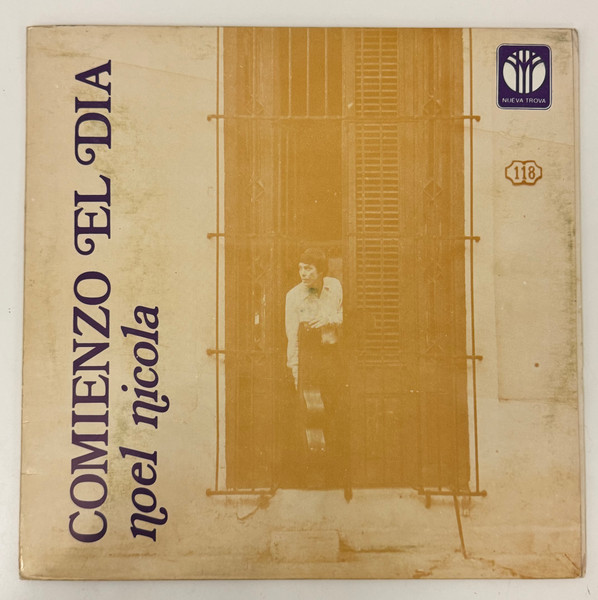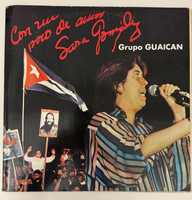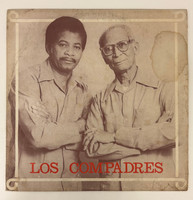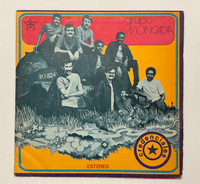- Travel
-
Exhibits
- La Portada Cubana
- Immortal Cuba: Artists Take on Their Heroes
- Seattle Poster Exhibit
- Sandra Dooley & Alejandrina Cué
- The Art of Wayacón
- Cuban Folk Art
- Cuba In Black And White
- 25 Years of Cuban Art Space
- Summer Folk Art Expo
- ¡SPRING AWAKENING FROM CUBA!
- Celebrating The Art Of Cuban Women
- Celebrating Paper, Affordable Art from Cuba
- Art of the Revolution
- Outsider Art
- Lost and Found
- En la lucha: Celebrating Cuban Women and Their Art
- Cuban Art Stash
- 100 Fires: 5 Cienfuegos Artists' Work on Paper
- Waya + Monte! Magic Realism in Cienfuegos
- Viva Cuba Viva! Poster Show
- Cultivando Sueños
- Black Lives Matter in Cuba Jan 9-March 27
- Leandro Soto: Crónicas visuales
- Cuban Canvas
-
Archive
- Global Reflection 2018: Spirit and Community
- Exhibit in the cloud: Contemporary Works on Paper
- MADE IN CUBA! MINNEAPOLIS EXHIBIT
- Cuban Posters and Photography from CCS collection
- AUTUMN SALE! Sept/Oct 2017
- SPRING ARTS AND CRAFT SALE
- Vuelo Directo/Non Stop: Alberto & Alejandro Lescay
- The Many Faces of Fidel
- Somos
- Made in Cuba!
- The US empire in Cuban graphics
- Made in Cuba/Seattle exhibit
- Entre Nos
- Looking Back
- Cuban Art Space
- Membership/Donate
- About Us
- Cuba News
-
Oscar Betancourt's cover design for Noel Nicola's "Comienzo el Día" employs a haunting sepia-toned aesthetic that perfectly captures the intimate, introspective nature of Nueva Trova music. The cover features a solitary figure seated against a modernist building facade, overlaid with bold dark purple typography spelling out the album title and artist name. The composition uses architectural elements—vertical lines suggesting a building's structure—as a graphic framework that extends across the gatefold interior where song lyrics are presented. The muted earth tones and contemplative mood of the photography contrast sharply with the bold typographic intervention, creating a visual tension between personal reflection and public declaration that mirrors the political and personal themes in Nicola's songwriting.
Noel Nicola (1946-2005) was one of the founding pillars of the Nueva Trova movement, alongside Silvio Rodríguez and Pablo Milanés. His compositions are characterized by their emotional depth, poetic sophistication, and commitment to revolutionary ideals, though he often maintained a more introspective and melancholic tone than his contemporaries. "Comienzo el Día" showcases Nicola's range—from tender love songs to political commentary—featuring arrangements by Juan Pablo Torres and a special keyboard version of "Es más, te perdono" by Frank Fernández. The album includes some of Nicola's most beloved compositions, demonstrating his ability to blend intimate personal sentiment with broader social consciousness.
Released by EGREM (Empresa de Grabaciones y Ediciones Musicales) in 1978, this album represents the mature phase of Nueva Trova as it entered its second decade. By this time, the movement had become institutionalized within Cuban cultural policy while maintaining its artistic integrity and popular appeal. Betancourt's photographic approach—eschewing the bold graphic symbolism common in revolutionary design for a more contemplative, almost existential aesthetic—signals a shift toward greater artistic nuance in Cuban album design. The album bears the Nueva Trova logo, marking it as part of the official canon of this crucial musical movement that combined poetry, politics, and popular song in revolutionary Cuba.
-
-
Discover More at the Center for Cuban Studies







